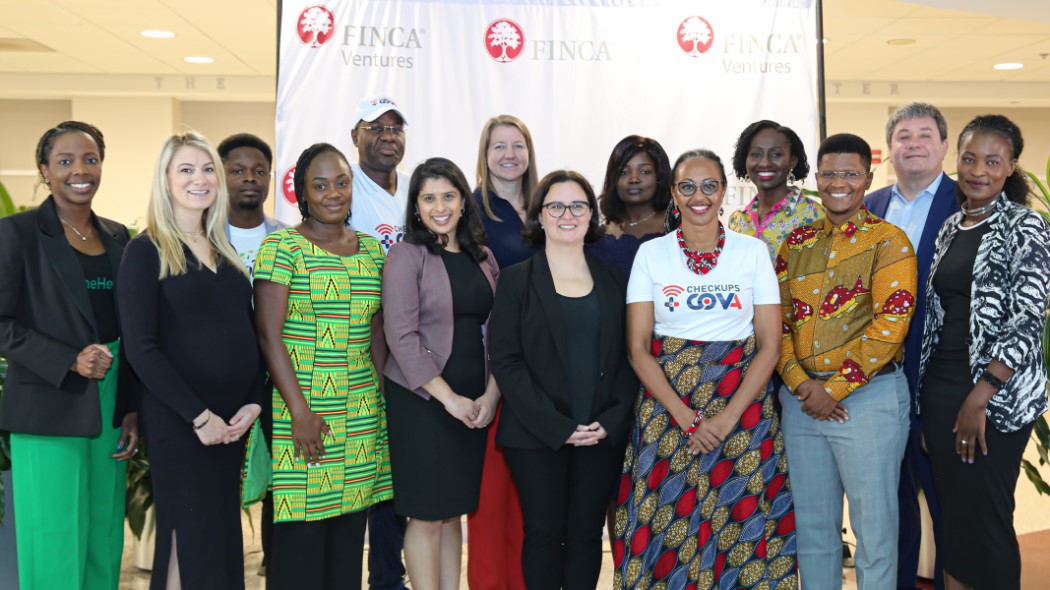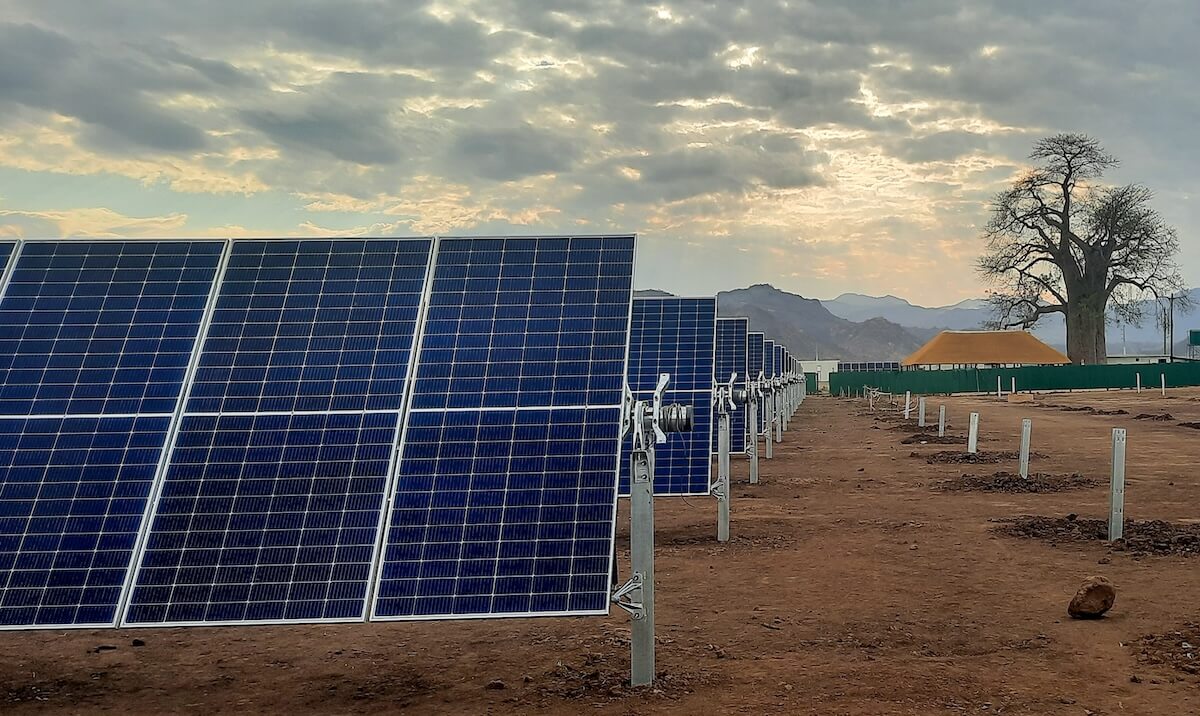260 million students in 1.5 million schools. Welcome to India, home to one of the most complex education systems in the world.
India has attained near universal primary education –only 3% of students don’t attend grades one through eight. Yet one in four lack access to early education and only 64% successfully transition to secondary school. Dropout and transition rates are higher than average among girls and minority students. Performance is relatively low across the board.
India needs to invest about $173 billion a year from now through 2030 to achieve U.N. SDG №4 (Affordable and quality education for all). That’s more than $100 billion more each year than the current government budget.
A new report, Funding Education with Impact, from the Asian Venture Philanthropy Network, says impact investors are missing key opportunities.

Of the roughly $4 billion impact investors such as Khosla Impact, Unitus Seed Fund and the Michael and Susan Dell Foundation invested in India between 2010 and 2015, only 2% went into education. Primary and secondary education received the bulk of impact investments, with tech-based platforms for tutoring and e-learning taking in significant investment. Early childhood education attracted one-third of investments, mostly directed to “private, urban, early childhood daycare centers catering to middle-income groups,” according to AVPN.
Missing out almost completely: vocational training and “ecosystem interventions,” including curricula, standards and data-collection.











